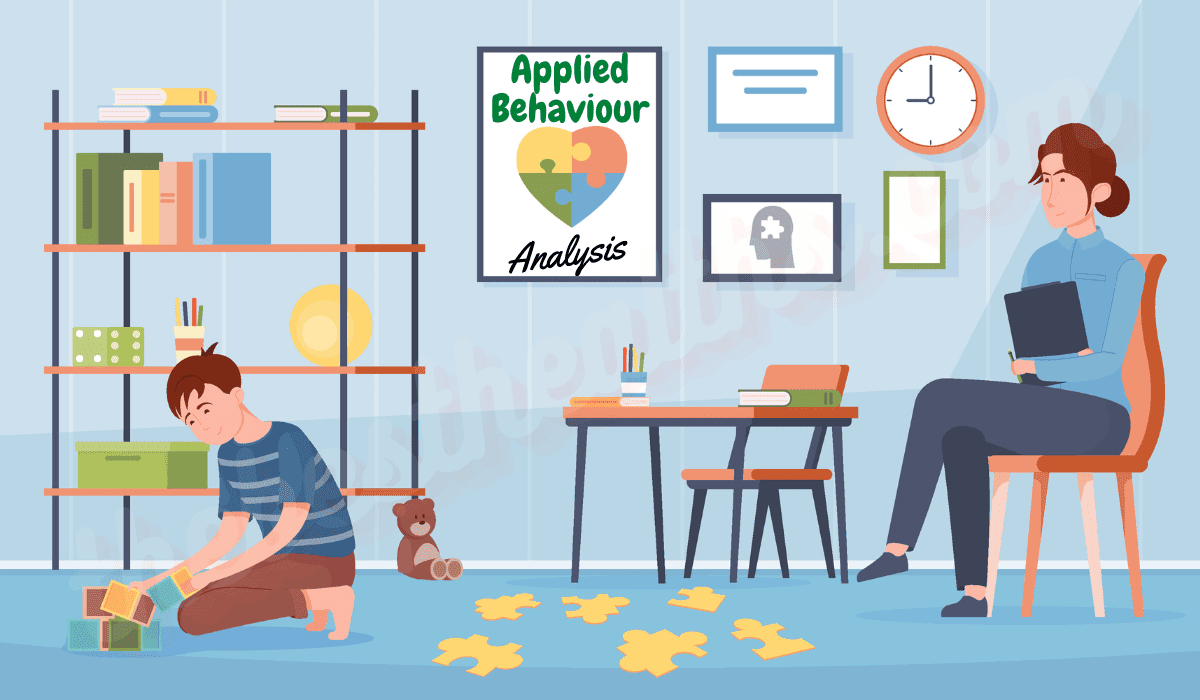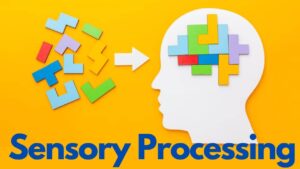Autism spectrum disorder (ASD) is a neurodevelopmental disorder that affects social interaction, communication, and behavior. ASD can be diagnosed in children as young as 18 months old. Applied Behaviour Analysis (ABA) will be useful for your Autistic child, but how?
ASD symptoms can range from mild to severe, and they usually become apparent in early childhood. Early diagnosis and intervention are critical for children with ASD.
One of the most effective interventions for ASD is applied behavior analysis (ABA). ABA is a scientific approach that focuses on changing specific behaviors. ABA is assumed to help children with ASD to improve their social skills, communication, and behavior.
If you think that your child may be an ASD child, it’s important to seek professional help as soon as possible.
What is Applied Behaviour Analysis (ABA)?
3. Applied behavior analysis (ABA) is a type of therapy that can help children with autism spectrum disorder (ASD) develop new skills and improve social interaction.
ABA therapy focuses on changing observable behavior through positive reinforcement. This means that children are rewarded for desired behaviors, which helps to increase the frequency of those behaviors.
4. Key components of Applied Behaviour Analysis (ABA)
ABA has 5 components-
1-Task Analysis
Task analysis is the process of analyzing tasks to focus on each part through further behavioral strategies. The behavior analyst must seek to understand the situation and the child, & what is causing certain behaviors, in order to form a behavior management strategy and ABA goals.

How can Applied Behaviour Analysis (ABA) help your child with autism?
ABA therapy can be conducted in a variety of settings, including the home, school, or clinic. It is important to find a therapist who is properly trained in ABA techniques and who has experience working with children with ASD. ABA therapy can be an effective treatment for ASD, but it is important to remember that every child is unique and will respond to treatment in their own way.
2-Chaining
Chaining is when the skill is broken down into its smaller parts, allowing for ease of understanding and learning. This component of applied behavioral analysis can be applied to almost any new skill.

For example- Hand washing training through ABA has the following steps for children with Autism
- Stand in front of the washbasin.
- Turn on the water tap.
- Run the water over the hands properly.
- Take soap to the hands.
- Rub the hands for 20 seconds.
- Rinse the soap off the hands properly.
- Turn off the water.
- Dry the hands.
3-Prompting
Prompting uses guidance and support to give individuals a reminder when they are struggling to show a newly-learned skill. A prompt helps to keep them on track. This technique will help to reduce “failures” or “meltdowns”, increasing self-confidence and leading to a positive result.
4-Fading
Fading is useful for children not to become entirely dependent upon prompting. It means gradually removing prompts until the child can confidently perform an activity without support.
5-Shaping

It is giving a form of positive reinforcement when the child demonstrates positive attempts or success at doing a newly learned skill in the behavioral management plan. The logic is that this type of positive reinforcement strategically encourages the child to work toward mastery of a skill.
5. Evidence-based ABA-
Evidence-based ABA is a type of behavior therapy that is designed to help treat individuals with autism spectrum disorder (ASD). ABA therapy is based on the principles of behaviorism, which state that human behavior is a result of learned responses to environmental stimuli.
ABA therapy focuses on three main areas:
- Verbal behavior- Verbal behavior therapy helps individuals with ASD learn to communicate effectively
- Social skills-. Social skills therapy helps individuals with ASD to develop appropriate social skills
- Self-management- Self-management therapy helps individuals with ASD to develop the ability to regulate their own emotions and behavior.
ABA therapy is individualized to each person’s needs and goals. The therapist works with the individual to identify specific goals and then develops a treatment plan to help the individual reach those goals. ABA therapy is usually provided one-on-one.
6. ABA in the home environment
Applied Behaviour Analysis (ABA) is a type of therapy that has been shown to be effective in treating various conditions, including autism spectrum disorder (ASD). ABA therapy focuses on changing behavior through positive reinforcement and other techniques.
One of the best ways to provide ABA therapy is in the home environment. This allows therapists to work with children in a more natural setting and to tailor therapy to the individual child’s needs. In-home ABA therapy also allows parents to be more involved in their child’s therapy, which can help to improve outcomes.
If you are considering ABA therapy for your child, be sure to ask your therapist about in-home therapy options.





